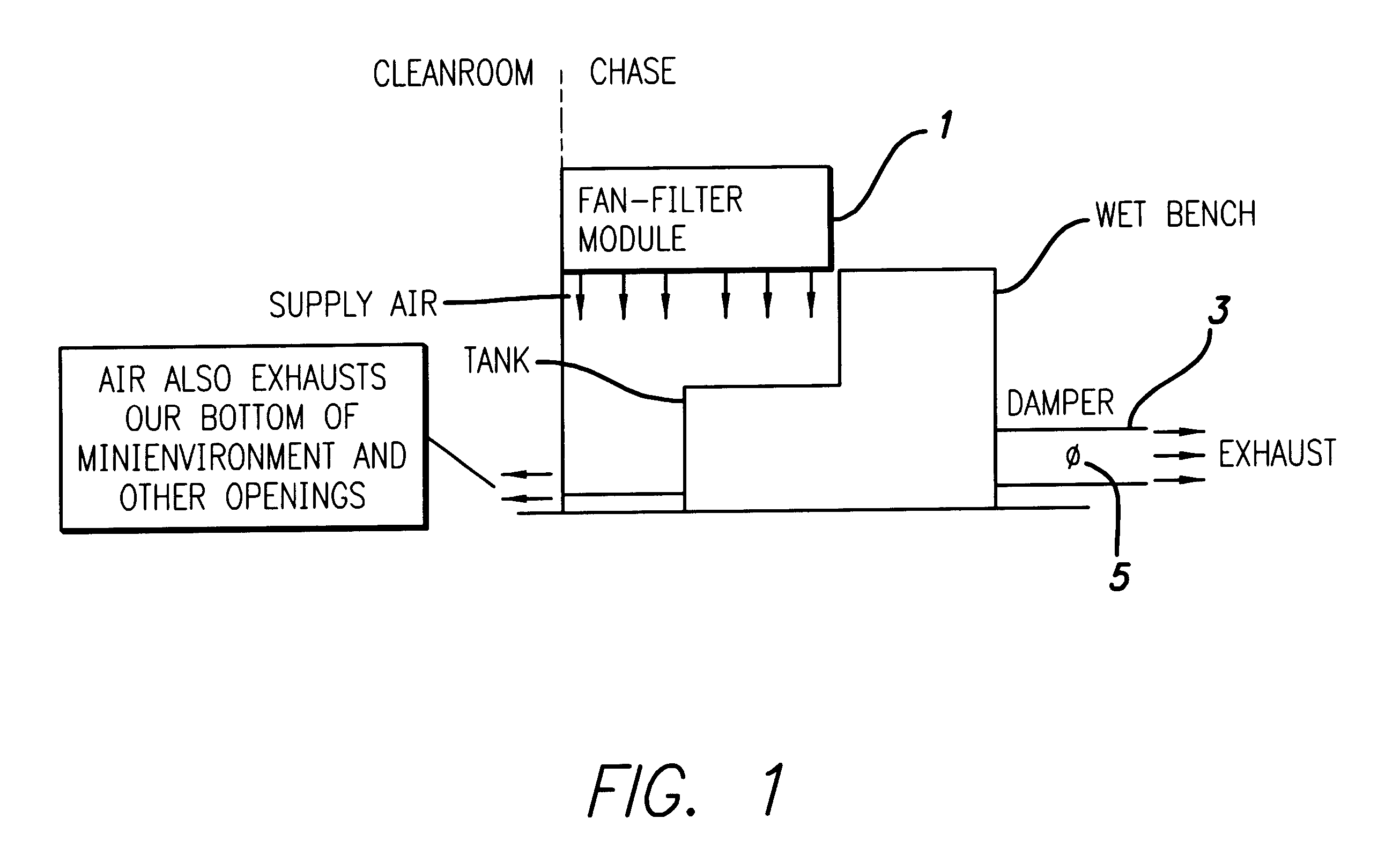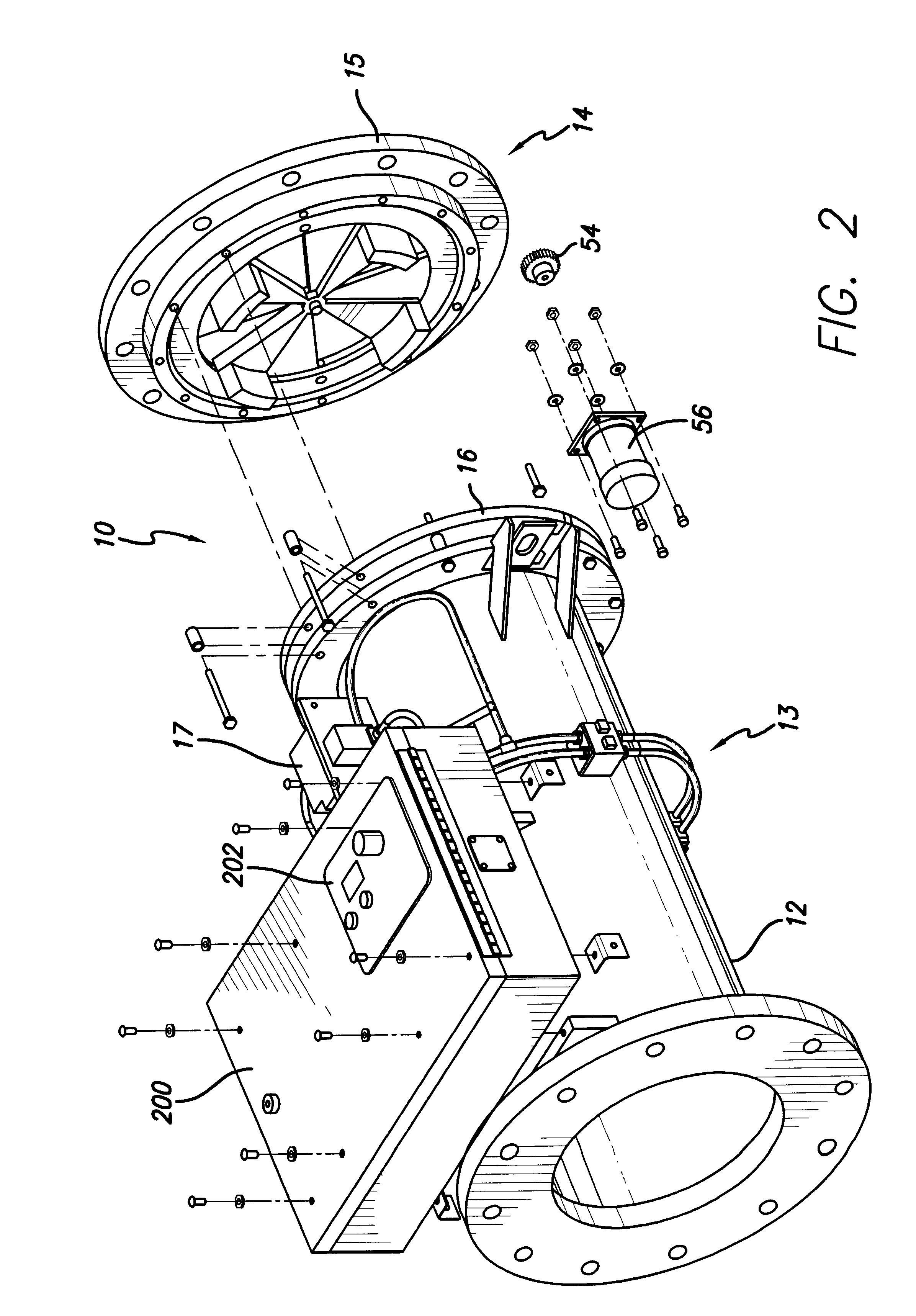Airflow control valve for a clean room
a technology for controlling valves and clean rooms, which is applied in the direction of multiple way valves, process and machine control, domestic heating, etc., can solve the problems of affecting the flow rate through the other dampers in the system, prone to inaccurate settings, and time-consuming balancing methods, so as to reduce the risk of affecting the flow rate of the entire hvac system, the supply or exhaust pressure is still subject to changes, and the demand requirements are changed
- Summary
- Abstract
- Description
- Claims
- Application Information
AI Technical Summary
Problems solved by technology
Method used
Image
Examples
Embodiment Construction
, one way in which the plates could be moved is through use of a stepper motor that drives a rotatable shaft, and in turn a gear, a predetermined incremental rotational amount each time it receives a signal from the damper control system. The gear in turn is coupled, either magnetically or mechanically, to at least one of the plates, such that when the gear is rotated, it effects a corresponding rotation in the plates.
Another aspect of the present invention is an optional alarm to indicate when an airflow exists that is below the desired range and cannot be brought into an acceptable range through adjustment of the damper. Such a condition might occur, for example, if the HVAC system airflow supply or exhaust system is interrupted or blocked. In such a situation, no adjustment of the damper would be possible to adjust the airflow rate into the acceptable range. In that case, the control system can be programmed to sound an alarm or produce an alarm signal to indicate that there is l...
PUM
 Login to View More
Login to View More Abstract
Description
Claims
Application Information
 Login to View More
Login to View More - R&D
- Intellectual Property
- Life Sciences
- Materials
- Tech Scout
- Unparalleled Data Quality
- Higher Quality Content
- 60% Fewer Hallucinations
Browse by: Latest US Patents, China's latest patents, Technical Efficacy Thesaurus, Application Domain, Technology Topic, Popular Technical Reports.
© 2025 PatSnap. All rights reserved.Legal|Privacy policy|Modern Slavery Act Transparency Statement|Sitemap|About US| Contact US: help@patsnap.com



